Post Wheat Trip 2023
I've been back from the Palouse wheat-growing region of eastern Washington for a little over a week and thought I'd post what I learned from the trip and share a few pictures I made while there.
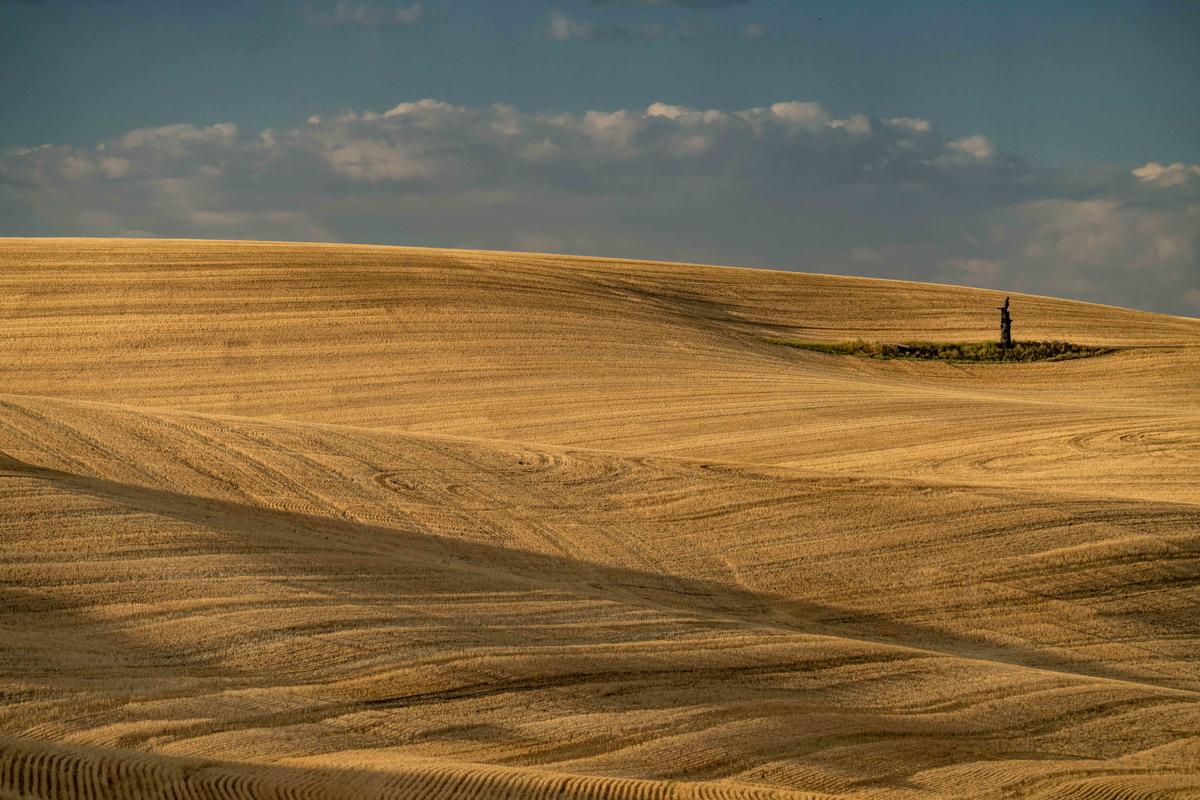
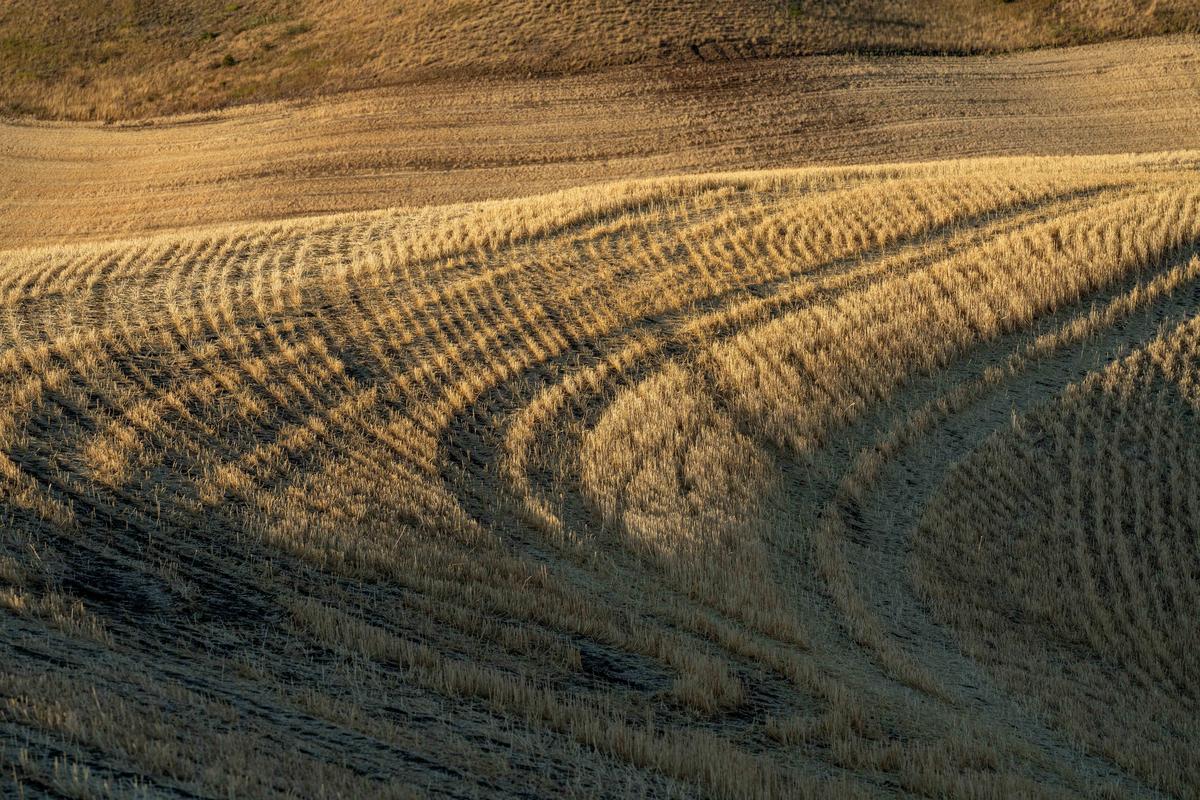
8 days of getting up early, driving twisting two lanes and farmer's gravel roads, pulling over, getting out, pointing a camera at a field, getting back in the car, driving on, sometimes a few feet and sometimes for miles. And then all over again, endlessly, working through until late morning, back to my motel home, downloading files, taking a look at what I just shot, biding my time, then back out again for late light starting around 3 pm.
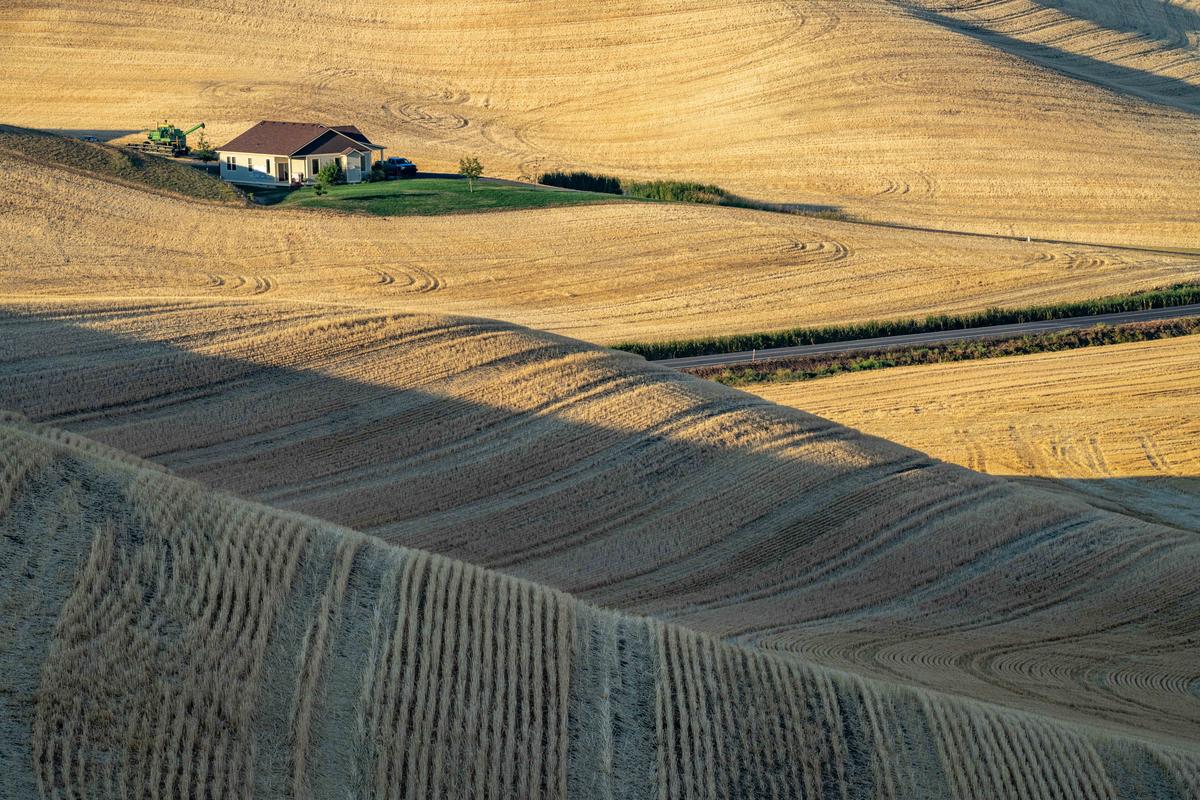
The fields turning more orange when hit by the setting sun. Simply exquisite and mesmerizing day after day.
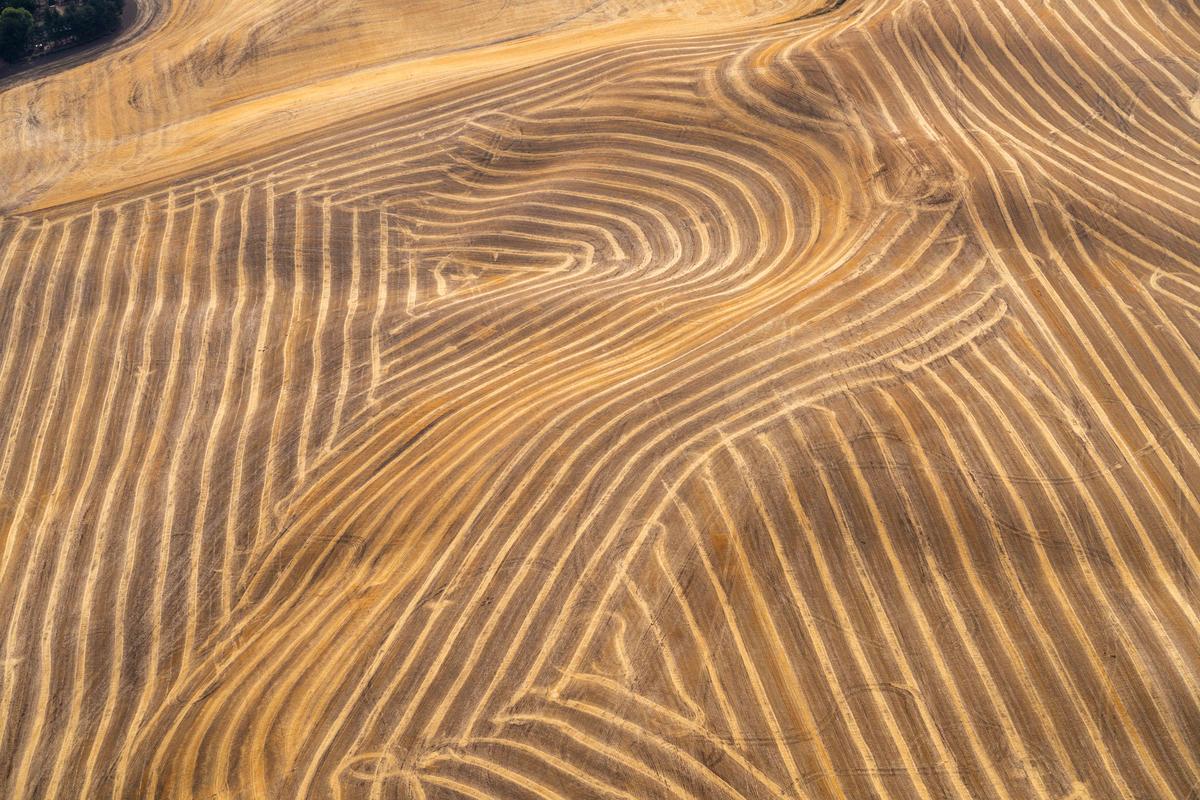
I did one flight on the fifth day, with "Caleb" as my pilot, a flight instructor who couldn't have been more than 25. A first was the clouds above us and the wispy spotty clouds below us too.
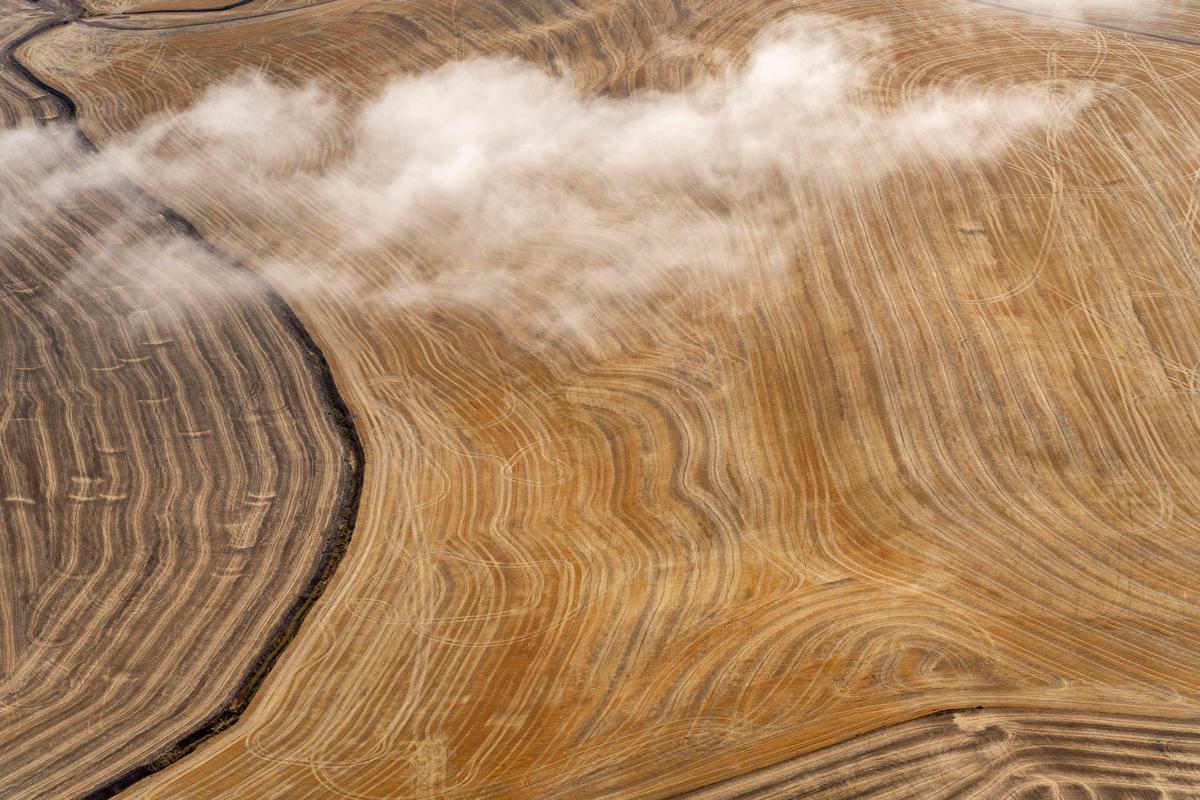
I use a Kenyon Gyro Stabilizer clamped to the tripod socket of my camera. It has spinning disks inside turning at high rpm. I turn off all the stabilization in my camera and lens as the Kenyon takes over. It is heavy and cumbersome but very effective as small planes shake a lot.
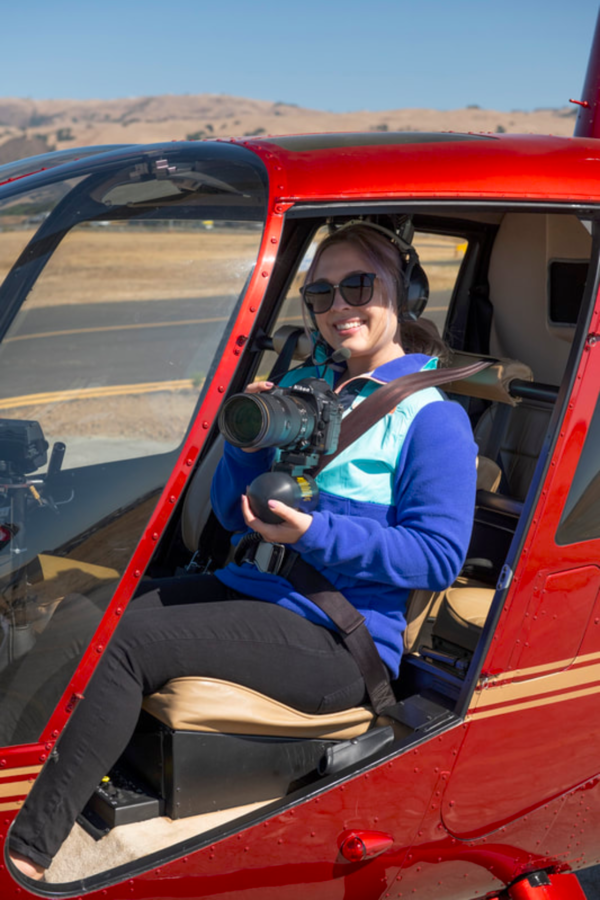 (image courtesy of Kenyon Labs)
(image courtesy of Kenyon Labs)
It is very heavy as well, so I ship it ahead and ship it home again. It's built like a tank and has a large battery tethered to it.
By the 7th day, I've had it, feeling burnt out and exhausted. Tired of the same thing every day, working in a place very limited in terms of what it offers, besides wheat fields. But pleased at some seriously good work "in the can".
Now, back home, coming down off the high of a good trip with a single focus of making these wheat pictures, I am working on the first edit and starting to make prints. A long, slow process taking several months, eking out the best of what I shot.
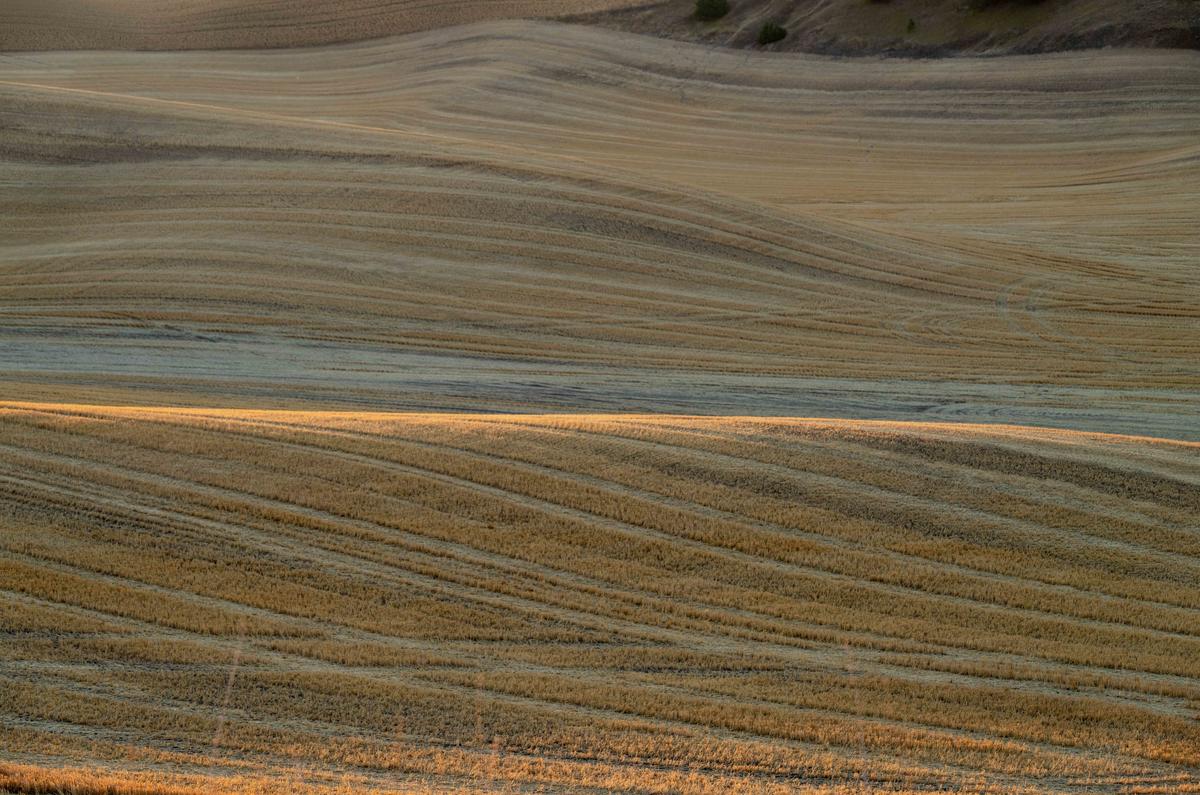
Over the past 25 years that I've been shooting in the Palouse, the area has been discovered by all sorts of photographers. There are now photo workshops, groups of photographers being ferried around in vans to "choice spots", led by characters who know the area "better than anyone else". Well, I beg to differ. It's tempting to get defensive, feeling the Palouse is my backyard. Ah well, here's one more, then it's back to work editing wheat.
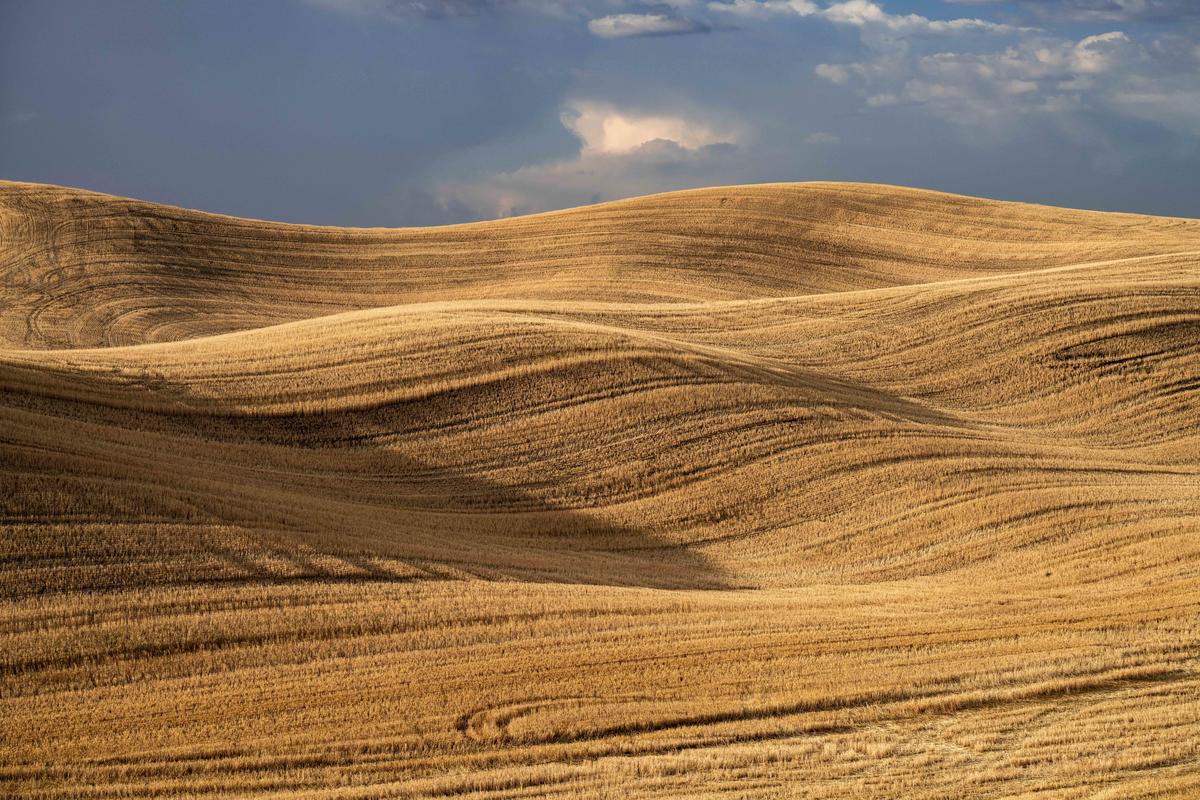
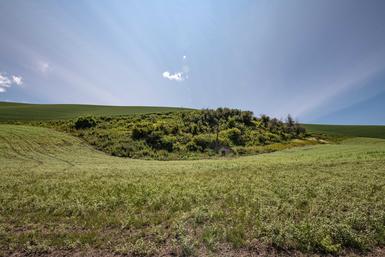
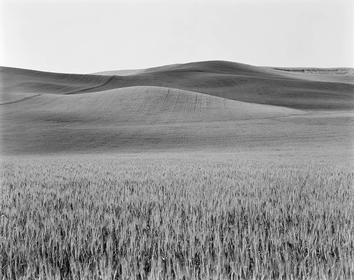
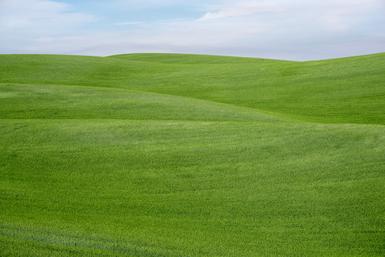







 This one was a long reach across the store's showroom floor, compressing the mannequins into the same space as the taxidermy mountain in the background. This picture is one of the reasons I find photography so rewarding.
This one was a long reach across the store's showroom floor, compressing the mannequins into the same space as the taxidermy mountain in the background. This picture is one of the reasons I find photography so rewarding. 
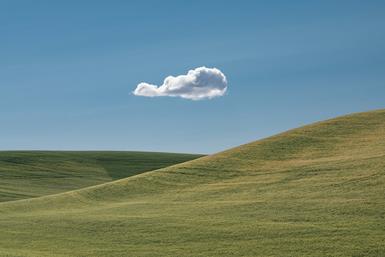
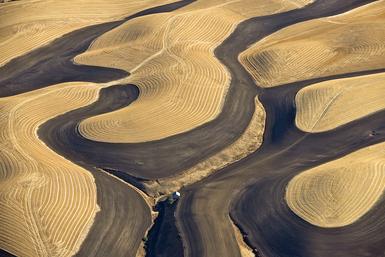
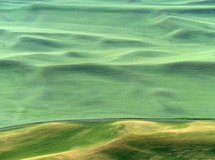
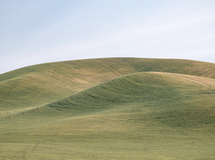







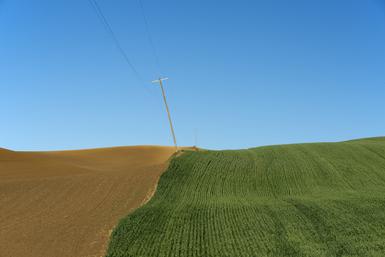
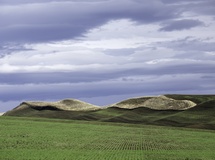
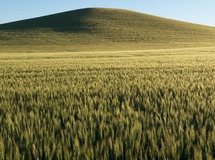




 Wheat 1997 8 x 10
Wheat 1997 8 x 10 This is what canola looks like.
This is what canola looks like.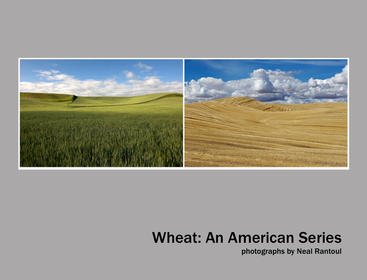
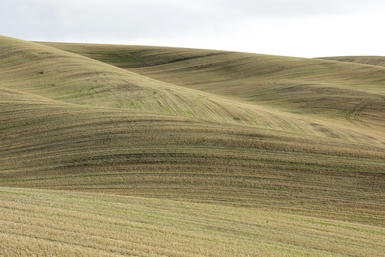






 This one above now sits framed in my studio at 55 inches across, for instance. Why so big? Because I have to actually make a big print to know how it will work. And this one does work as it plays with scale so well. This one below is much newer, made in the past couple of weeks but pulls at me as it is very different and obvious but not something I would have paid attention to unless I had the experience of making several hundred other pictures before it. But look how pure it is, just this large form of a wrapped powerboat sitting there on land over the winter. So normal and yet very beautiful, one of those photographs that speak to the essence of things.
This one above now sits framed in my studio at 55 inches across, for instance. Why so big? Because I have to actually make a big print to know how it will work. And this one does work as it plays with scale so well. This one below is much newer, made in the past couple of weeks but pulls at me as it is very different and obvious but not something I would have paid attention to unless I had the experience of making several hundred other pictures before it. But look how pure it is, just this large form of a wrapped powerboat sitting there on land over the winter. So normal and yet very beautiful, one of those photographs that speak to the essence of things. 
